# Challenges Facing Tapirs in Peru Today
Perched on the edge of the Amazon rainforest, Peru is home to a fascinating array of wildlife, including the gentle and elusive tapir. These unique creatures, resembling a cross between a pig and an anteater, are an integral part of the ecosystem. However, tapirs in Peru face numerous challenges that threaten their survival. Understanding these challenges is crucial for those interested in wildlife conservation and responsible tourism.
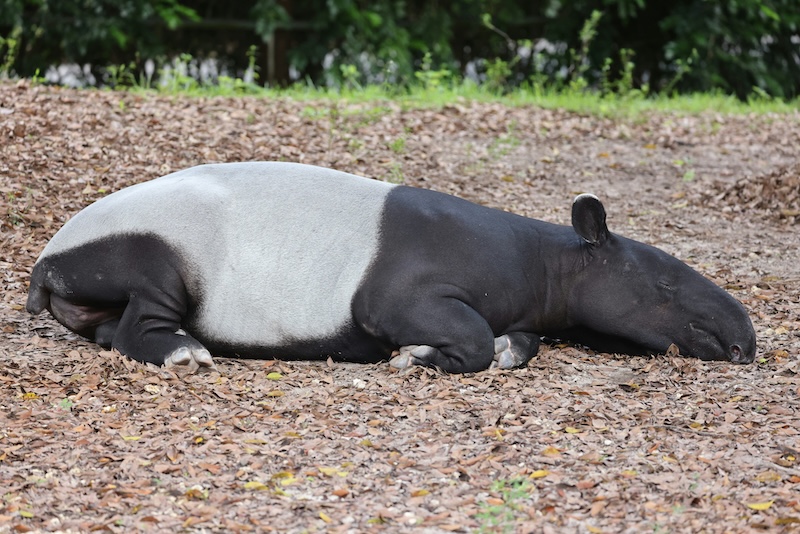
Tapirs play a significant role in the Amazon ecosystem. Known as a keystone species, they contribute to the health and diversity of the rainforest. Their diet consists mainly of fruits, leaves, and twigs, which they disperse through their droppings, promoting plant growth and maintaining the ecological balance.
The Amazon tapir, also known as the lowland tapir, thrives in the lush environments of the rainforest. Their habitat extends across various terrains, including riverbanks, swamps, and lowland forests. Here, they find an abundance of food that supports their vegetarian diet.
However, as human activities encroach upon their habitats, the availability of food resources diminishes, posing a significant threat to their survival.
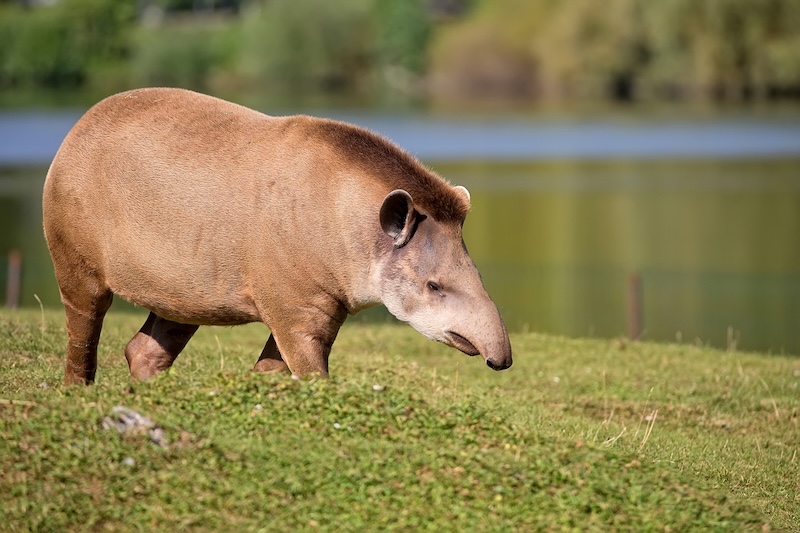
Deforestation is one of the primary challenges facing tapirs in Peru. As the rainforest is cleared for agriculture, logging, and mining, tapirs lose their natural habitat. This not only reduces their food sources but also exposes them to predators and human conflict.
The Amazon rainforest is being deforested at an alarming rate. This destruction not only affects tapirs but also threatens the entire ecosystem. As trees are cut down, the delicate balance of the rainforest is disrupted, leading to a loss of biodiversity.
Tapirs, with their large home ranges, are particularly vulnerable. They require extensive areas of undisturbed habitat to roam and forage. Without these, their chances of survival diminish significantly.
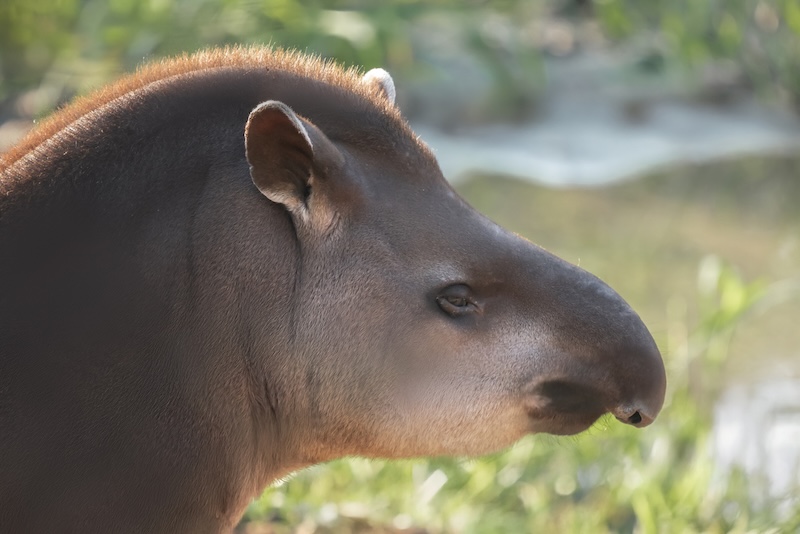
As human populations expand into tapir habitats, conflicts arise. Tapirs are often seen as pests by farmers, as they may wander into agricultural areas in search of food. This can lead to retaliatory killings, further decreasing their numbers.
Efforts are underway to mitigate human-wildlife conflict and protect tapirs in Peru. Education and awareness programs aim to foster coexistence between local communities and wildlife. Additionally, conservation organizations work to create protected areas where tapirs can live without the threat of human interference.
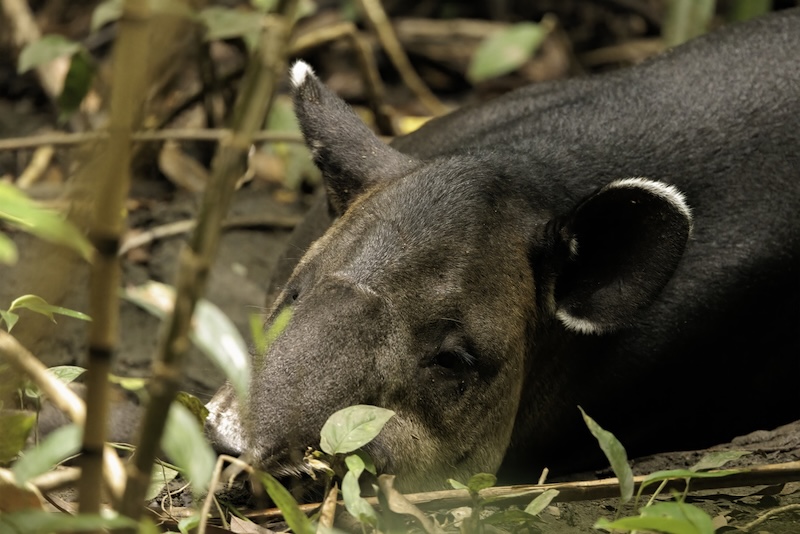
Tourism can play a vital role in tapir conservation. By promoting responsible travel practices, tourists can help protect these gentle creatures and their habitats. This includes supporting eco-friendly tours, respecting wildlife, and contributing to conservation initiatives.
Peru offers numerous eco-tourism opportunities that allow travelers to experience the beauty of the Amazon while supporting conservation efforts. Guided tours led by knowledgeable locals provide insights into the rainforest’s intricate ecosystem and the challenges faced by its inhabitants.
Travelers can partake in activities such as bird watching, jungle trekking, and visiting conservation projects, all while minimizing their environmental impact. By choosing responsible tourism, visitors contribute to the preservation of the Amazon and the survival of its wildlife, including tapirs.
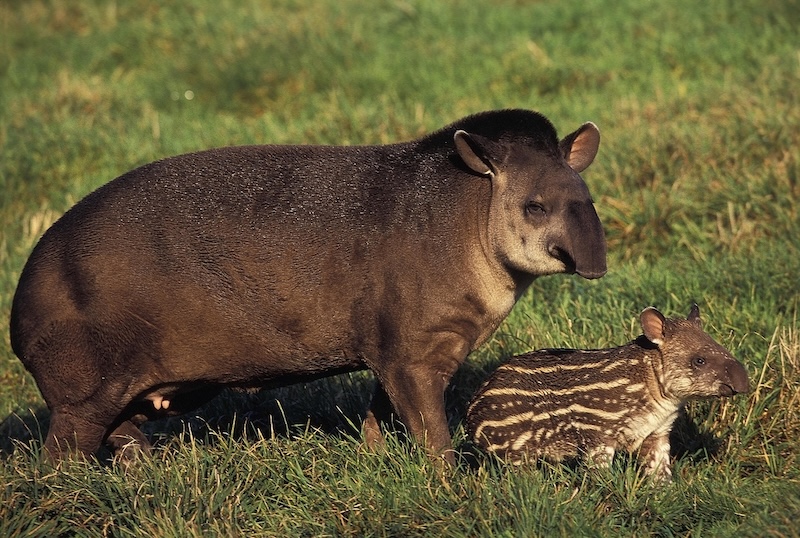
There are several ways that individuals can contribute to the conservation of tapirs in Peru:
The challenges facing tapirs in Peru are significant, but with collective effort and commitment to conservation, we can help ensure their survival. By understanding the threats they face and taking steps to mitigate them, we can contribute to the preservation of these remarkable creatures and the vibrant ecosystem they inhabit.
Through responsible tourism and active participation in conservation initiatives, travelers can make a positive impact, ensuring that future generations can witness the beauty and wonder of the Amazon and its diverse wildlife.
If you got any questions, please do not hesitate to send us a message. We reply within 24 hours!
+51 900 394 399
info@biomanuexpeditions.com
reservas@biomanuexpeditions.com
